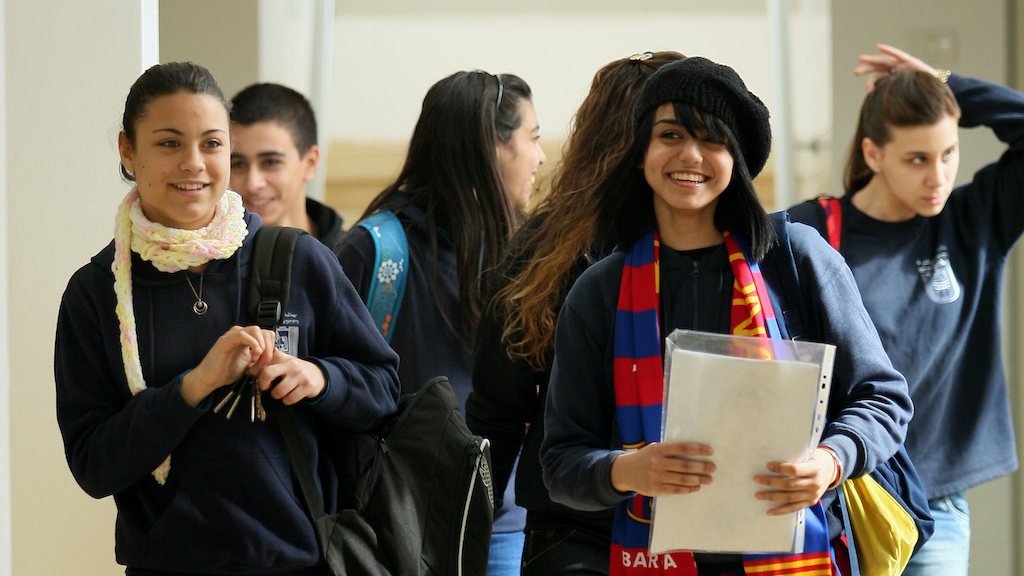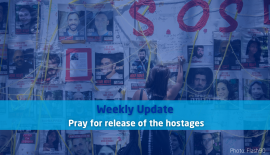The power of connection
Way back in the days of the Russian Empire, various kings and queens restricted the Jewish people to an area called the “Pale of Settlement.” For years Jews toiled in the all-too familiar scenery such as the likes found in the musical Fiddler on the Roof. But as the fresh air of revolution and emancipation began to sweep over Europe, new opportunities for the Jews opened up. Maximising the change, the Jewish people began to organise themselves for entering society and set up the Association for Vocational Crafts.
With the founding of the State of Israel a few decades later, this Jewish Russian education system would become the foundation for the popular ORT schools in Israel. The word ORT is itself an Israeli acronym for the Russian “Association for Vocational Crafts.” The first school was inaugurated in Jaffa-Tel Aviv. It offered courses in carpentry, welding, weaving, sewing, electricity and typewriter repair. Hundreds of discharged soldiers and new immigrants passed through that school system, studying mainly in the evenings. Today, the ORT schools are the largest educational network in in the country and renowned for their education in science and technology. The network employs 8,500 staff, has over 600,000 graduates and every year over 100,000 students, youth and adults study at the schools throughout the country.
One graduate is 16-year old Salman Kablan. Salman lives in Arad, a desert town renowned for its multicultural society. Although it has secular Jews, religious Jews, Arab Bedouins and Russian immigrants, Salman and his family are the only ethnic Druze in the town. The Druze broke away from Islam over a thousand years ago and today have their own secret religion. Most Druze communities live in the Galilee and the Golan, but some, like Salman’s family, are scattered around the country.
It was at ORT in Arad that the Druze teenager and his Jewish friends decided to start an initiative to teach Holocaust survivors how to use computers. The kids would often visit the elderly after school just to check up on them. Salman realised that in not knowing basic computer skills, they were missing out on a world of relationships. He and his friends vowed to visit a couple of survivors every week and teach them computer literacy. The boys taught the survivors how to set up a Facebook account, which in turn helped them connect with others around.
While helping them get started on social media Salman would listen to their personal stories of the Holocaust. He knew he had to do more than just teach them computer skills. He needed to connect them in a meaningful way. Salman went on to teach them to use a software specially to help them trace their family tree. For some of these elderly people, it was life-changing lesson. During the Second World War, 89-year old Michael Rubinczek survived in the frozen tundra of Siberia. With Salman’s help, Michael has been able to trace the fate of his relatives and even connect with descendants of his family who were murdered. Salman has not only put the survivors on the digital grid, he has also enabled a true connection between young and old, Jew and Arab, and best of all, it is a connection of the heart.





